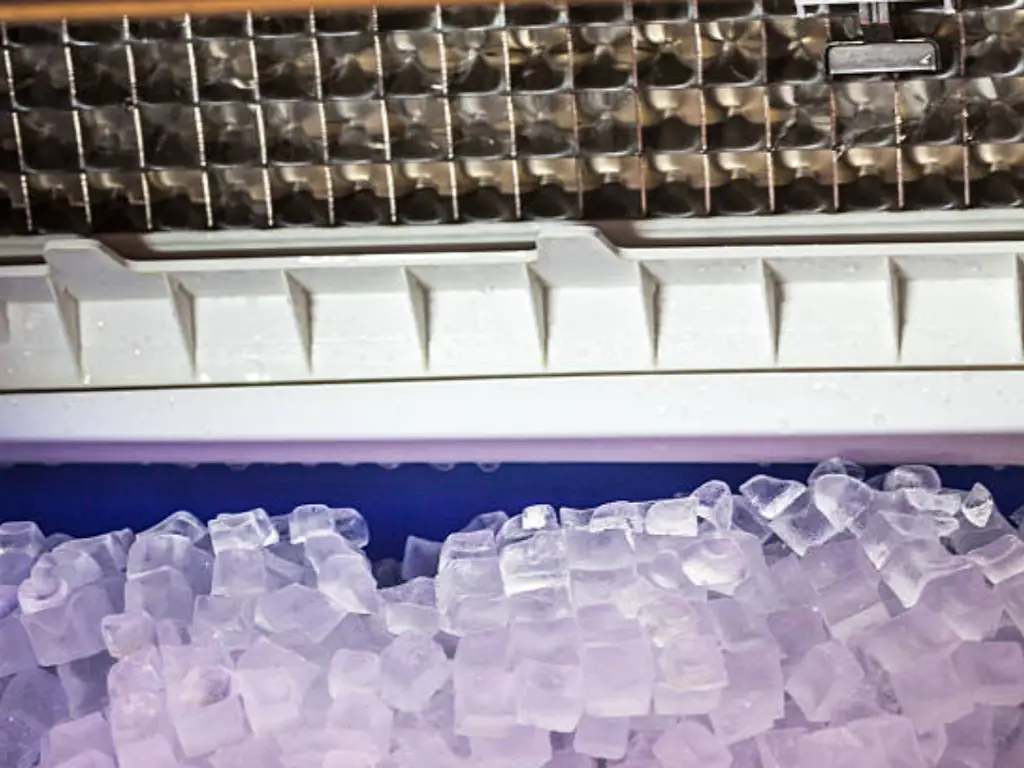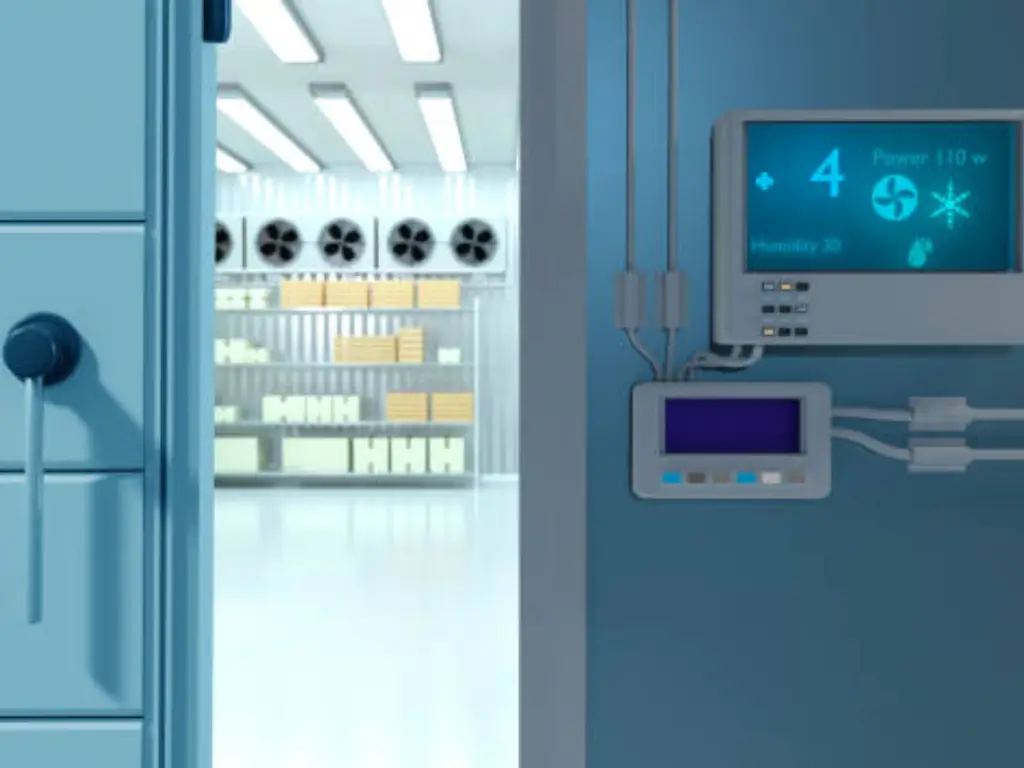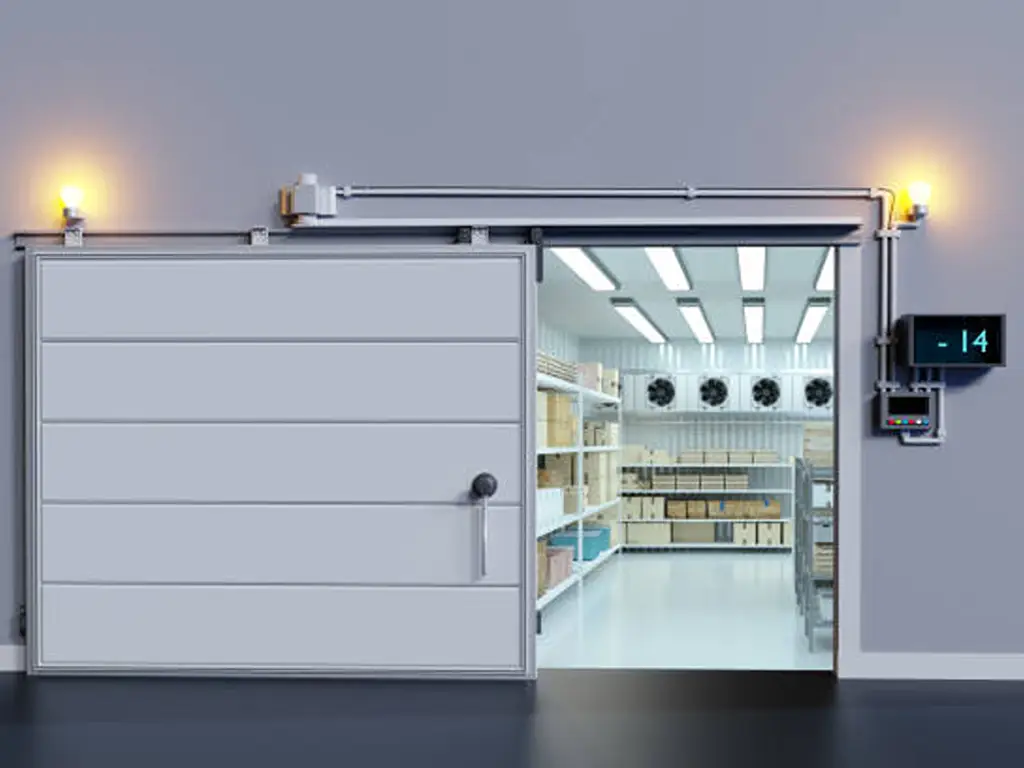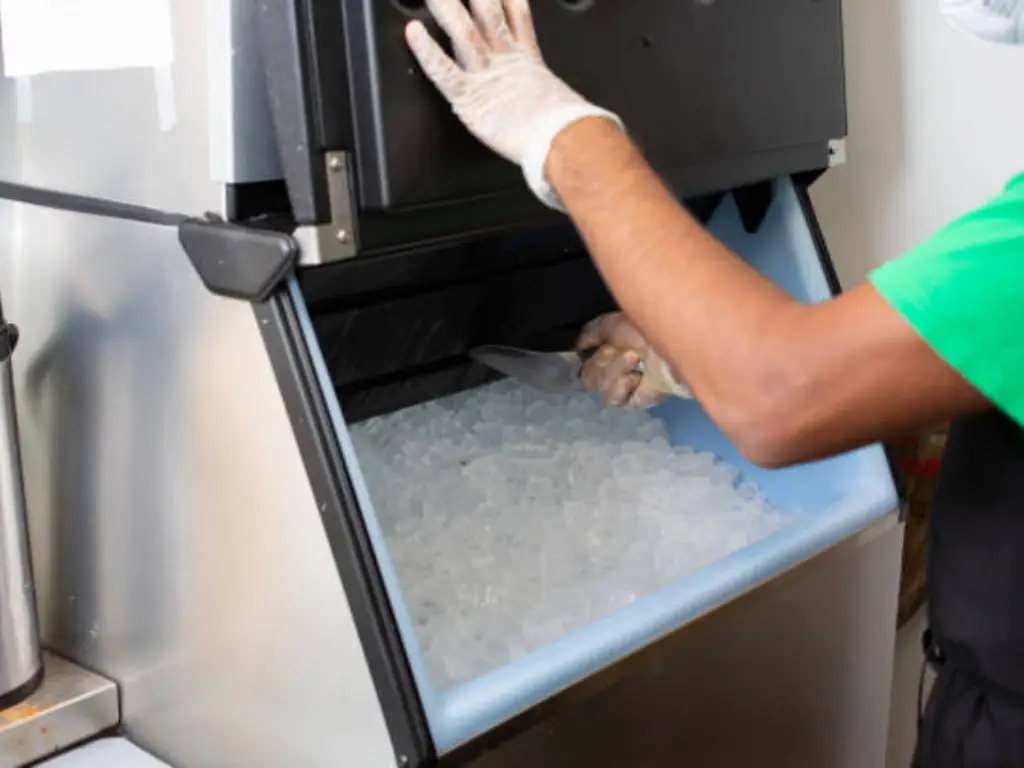Walk-in coolers and freezers are essential for businesses that require large-scale refrigeration. Whether you run an ice factory, a restaurant, or a food distribution business, choosing between a walk-in cooler and a freezer is a crucial decision. Each serves a different purpose, comes with unique requirements, and has specific advantages.
이 안내서에서, we’ll explore the key differences between walk-in coolers and freezers, their benefits, and how to determine which one is the best choice for your needs.
Key Differences Between Walk-in Coolers and Freezers
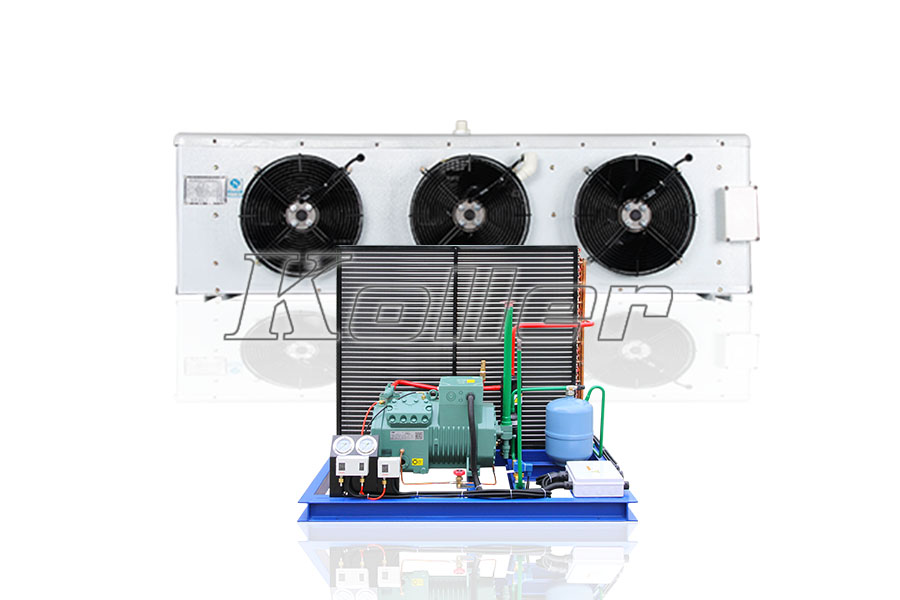
Temperature Management
The primary distinction between walk-in coolers and freezers is their operating temperature, which determines their storage capabilities.
Walk-in Coolers:
- 온도 범위: 35°F to 40°F (2°C to 4°C), ideal for keeping items fresh without freezing.
- 응용: Stores fresh produce, 낙농, 음료수, 꽃들, and temperature-sensitive pharmaceuticals.
- Example: A restaurant uses a cooler to store vegetables and milk at 38°F to maintain freshness for daily use.
Walk-in Freezers:
- 온도 범위: -10°F to 0°F (-23°C to -18°C), designed for long-term preservation.
- 응용: Stores frozen meat, 해물, ice, baked goods, and other products requiring sub-zero conditions.
- Example: An ice factory uses a freezer to store bulk ice at -10°F for distribution.
메모: According to the U.S. Department of Energy (DOE), walk-in coolers must operate above 32°F (0° C), while freezers operate below this threshold to meet energy efficiency standards (DOE WICF Regulations).
Insulation and Construction
Due to their temperature differences, coolers and freezers require distinct construction materials and insulation.
Walk-in Coolers:
- 격리: 2–4 inches thick, sufficient for maintaining moderate temperatures.
- 바닥: Often uninsulated, as freezing is not a concern.
- 문: Standard seals to prevent air leaks, no heating required.
Walk-in Freezers:
- 격리: 4–6 inches thick to maintain sub-zero temperatures, reducing heat transfer.
- 바닥: Insulated to prevent ground freezing and ensure structural integrity.
- 문: Equipped with heated seals to prevent ice buildup, enhancing durability.
Visual Suggestion: Include a side-by-side diagram comparing insulation thickness and door features for coolers vs. freezers.
Energy Consumption and Cost
Energy usage is a critical factor when choosing between a cooler and a freezer, as it impacts long-term operational costs.
Walk-in Coolers:
- Power Usage: Typically 500–1,200 watts/hour, depending on size and efficiency.
- 비용: Lower energy consumption due to higher operating temperatures.
- Example: A 10×10 ft cooler may cost $50–$100/month in electricity, based on average U.S. rates (EIA Energy Prices).
Walk-in Freezers:
- Power Usage: 700–1,800 watts/hour, driven by powerful compressors and thicker insulation.
- 비용: Higher energy costs, often 20–50% more than coolers.
- Defrosting: Automatic defrost cycles (4–6 times daily) prevent ice buildup but increase energy use if not optimized.
- Example: A 10×10 ft freezer may cost $80–$150/month, 사용 및 유지 관리에 따라.
Pro Tip: 정기적 인 유지 보수, such as cleaning condenser coils and checking door seals, can reduce energy costs by up to 15% (ENERGY STAR Guidelines).
Usage and Application
The choice between a walk-in cooler and a freezer largely depends on the type of business and the products being stored.
Walk-in coolers are ideal for businesses that need to store perishable items without freezing them, ~와 같은:
- Restaurants and bars
- Grocery stores
- Floral shops
- Pharmaceutical companies
Walk-in freezers are necessary for businesses that require long-term storage of frozen products, ~와 같은:
- 얼음 공장
- Meat processing plants
- Frozen food distributors
- Large-scale bakeries
For businesses that require both refrigeration and freezing, a walk-in cooler and freezer combo is a great option. These units have separate cooling and freezing sections, allowing businesses to store different products efficiently within a single unit.
Benefits of Using These Refrigeration Systems
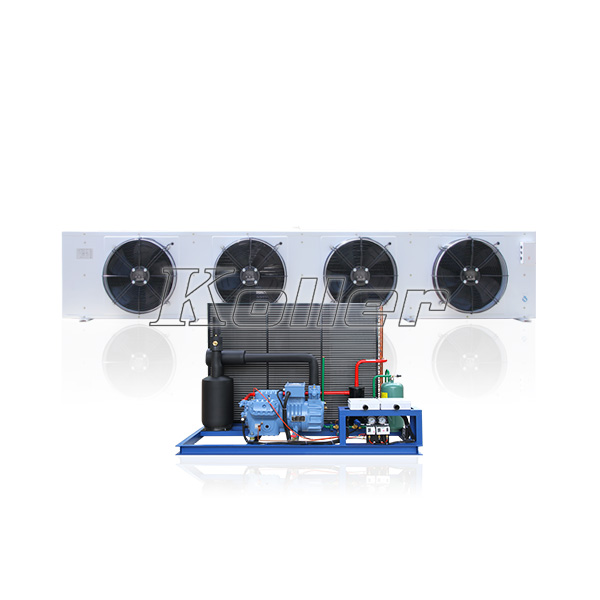
Accessibility
Walk-in units offer spacious interiors, allowing staff to move freely, organize inventory, and retrieve items quickly. This is especially valuable for high-volume businesses like restaurants or distribution centers.
Customizable Storage
Both coolers and freezers support flexible storage solutions:
- Adjustable shelving and racks maximize space.
- Bins and dividers organize small or bulk items.
- Custom layouts accommodate unique products, such as large meat cuts or delicate flowers.
Visual Suggestion: Add a photo gallery showcasing Koller’s customizable shelving options.
에너지 효율
Modern walk-in units incorporate energy-saving features:
- High-Quality Insulation: Reduces heat transfer, lowering compressor workload.
- Energy-Efficient Compressors: Meet DOE’s AWEF (Annual Walk-in Energy Factor) 표준.
- Smart Monitoring Systems: Alert operators to temperature fluctuations or maintenance needs.
Businesses can further optimize efficiency by:
- Keeping doors closed when not in use.
- Using LED lighting to reduce heat output.
- Scheduling quarterly maintenance to ensure peak performance.
Food Safety and Compliance
Walk-in coolers and freezers maintain consistent temperatures, ensuring compliance with FDA and USDA food safety regulations. Proper storage extends product shelf life, reducing waste and protecting your bottom line.
Pros and Cons
| 특징 | Walk-in Cooler | Walk-in Freezer |
| 온도 | 35°F to 40°F | -10°F to 0°F |
| 격리 | 2-4 inches thick | 4-6 inches thick |
| Energy Usage | Lower consumption | Higher consumption |
| Storage Purpose | Fresh foods, 낙농, drinks | Frozen foods, 고기, ice |
| Defrosting | Not required | Requires regular defrosting |
| 비용 | More affordable | More expensive to operate |
그래서, 어느 것이 필요합니까??
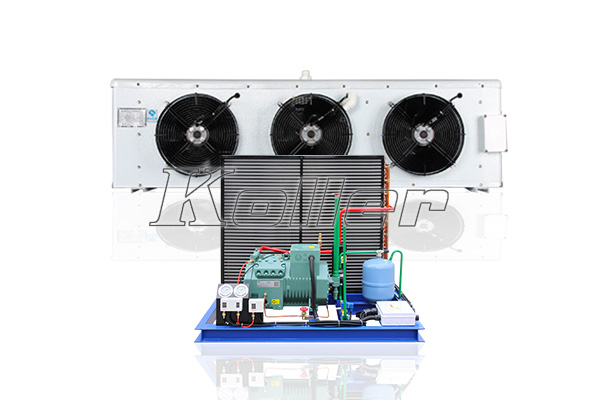
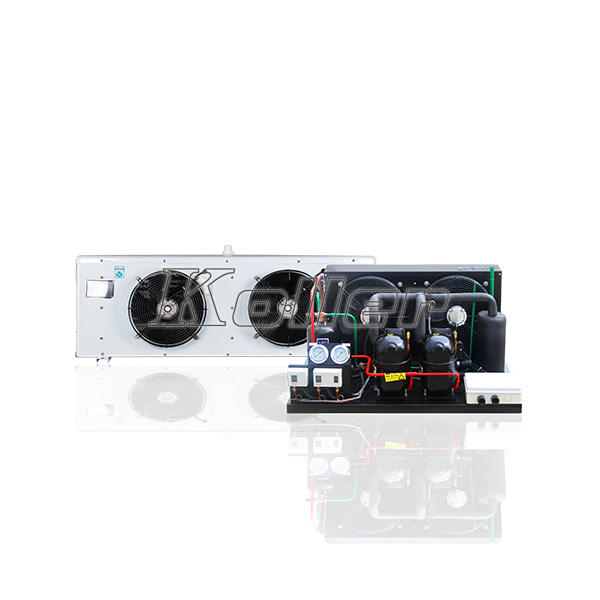
If your business primarily deals with fresh products that need refrigeration, ㅏ 워크인 쿨러 is the right choice. 하지만, if you need to store frozen goods for extended periods, ㅏ 대형 냉장고 is essential.
Choosing between a walk-in cooler, freezer, or combo unit depends on your business requirements. Consider these questions:
What products are you storing?
- Fresh items (예를 들어, 채소, 낙농): Choose a 워크인 쿨러.
- Frozen goods (예를 들어, 고기, ice): Choose a 대형 냉장고.
- Both fresh and frozen: Opt for a combo unit.
What is your budget?
- Coolers are more affordable to purchase and operate.
- Freezers have higher upfront and energy costs but are essential for frozen storage.
How much space is available?
- Combo units save space by combining cooling and freezing in one footprint.
- Larger businesses may benefit from separate units for scalability.
What are your energy goals?
- Prioritize ENERGY STAR-certified units and regular maintenance to minimize costs.
Not sure where to start? Contact Koller for a free consultation to assess your refrigeration needs.
콜러 소개
Koller is a leading expert in ice-making and refrigeration solutions, catering to businesses in self-contained industries, ice factories, and ice machine wholesalers. Our high-quality walk-in coolers and freezers are designed to optimize storage, enhance efficiency, and reduce energy consumption.
Our experienced team is equipped to install high-quality refrigeration systems for businesses of any size. Whether you need a compact cold room or a large-scale warehouse, we can design a custom unit to suit your needs and optimize the performance of your chillers and freezers. If you’re ready to start your refrigeration project or need more details about our services, feel free to reach out to us today – we’d be happy to assist you!
FAQ
Can a walk-in freezer be used as a cooler?
Technically, yes, but it is not recommended. Freezers are designed to maintain low temperatures, and using them as coolers may cause inefficiency, increased energy consumption, and potential damage to the unit. Freezers have thicker insulation and are not optimized for higher temperatures.
How often do walk-in freezers need to defrost?
Most walk-in freezers are equipped with automatic defrost cycles, which usually run about four times a day. Regular defrosting is necessary to prevent ice buildup, which can reduce efficiency and increase energy consumption.
Can I have both a walk-in cooler and a freezer in one unit?
예, many businesses benefit from a walk-in cooler and freezer combo unit. These systems offer separate sections for refrigeration and freezing, allowing businesses to store both fresh and frozen goods within a single space-efficient unit.
How can I reduce the energy consumption of my walk-in cooler or freezer?
To improve energy efficiency:
- Keep doors closed when not in use
- Use LED lighting inside the unit
- Ensure proper insulation and maintenance
- Schedule regular maintenance checks to keep the system running optimally
Can I customize the storage space in a walk-in cooler or freezer?
예, both walk-in coolers and freezers offer customizable storage options, such as shelving, racks, and bins. This flexibility allows you to organize your products efficiently and maximize available space.
Are there energy-efficient walk-in cooler and freezer models?
예, many modern walk-in coolers and freezers are designed with energy-efficient features like high-quality insulation, energy-saving compressors, and smart monitoring systems to help reduce electricity consumption and lower operating costs.



